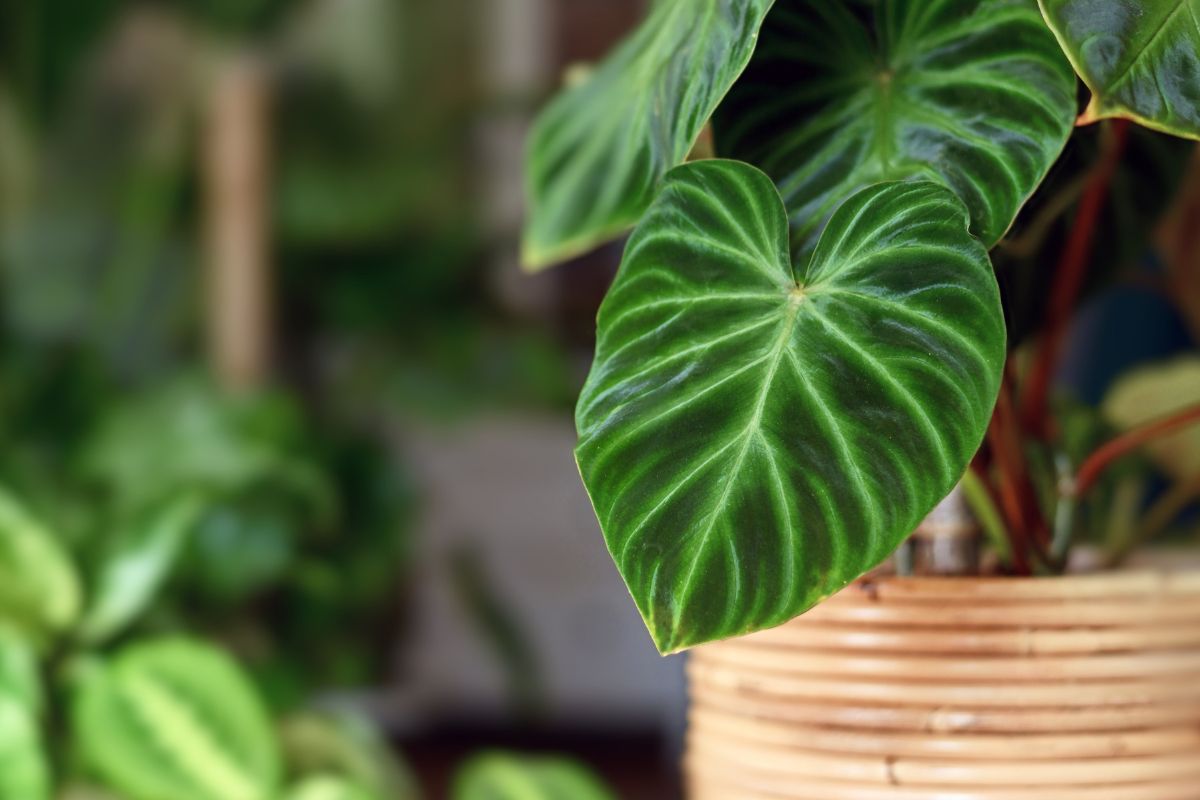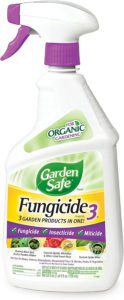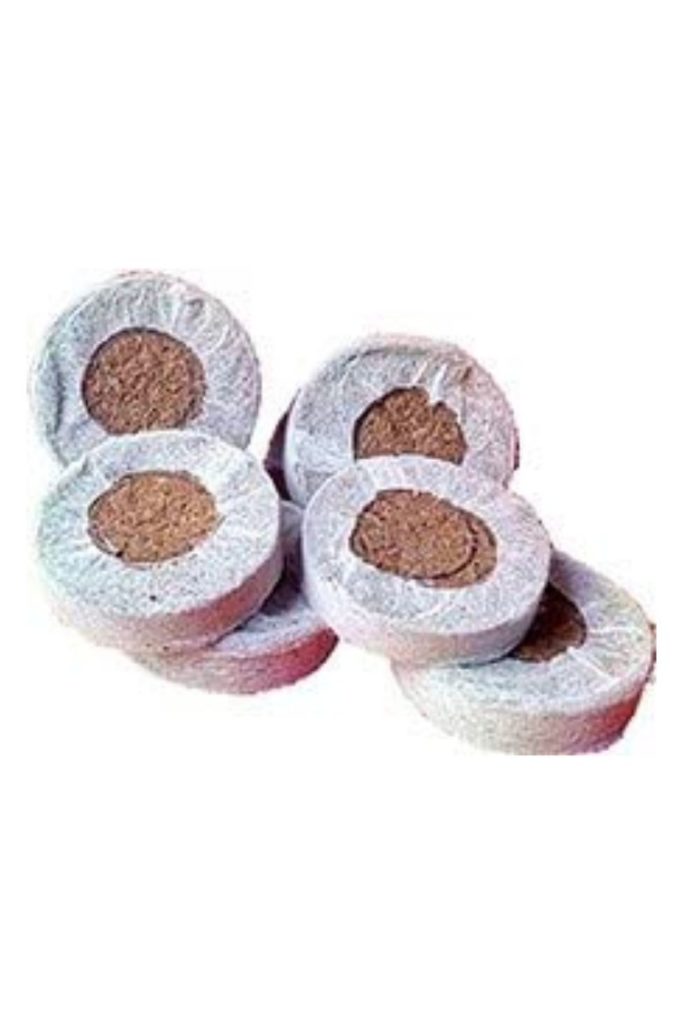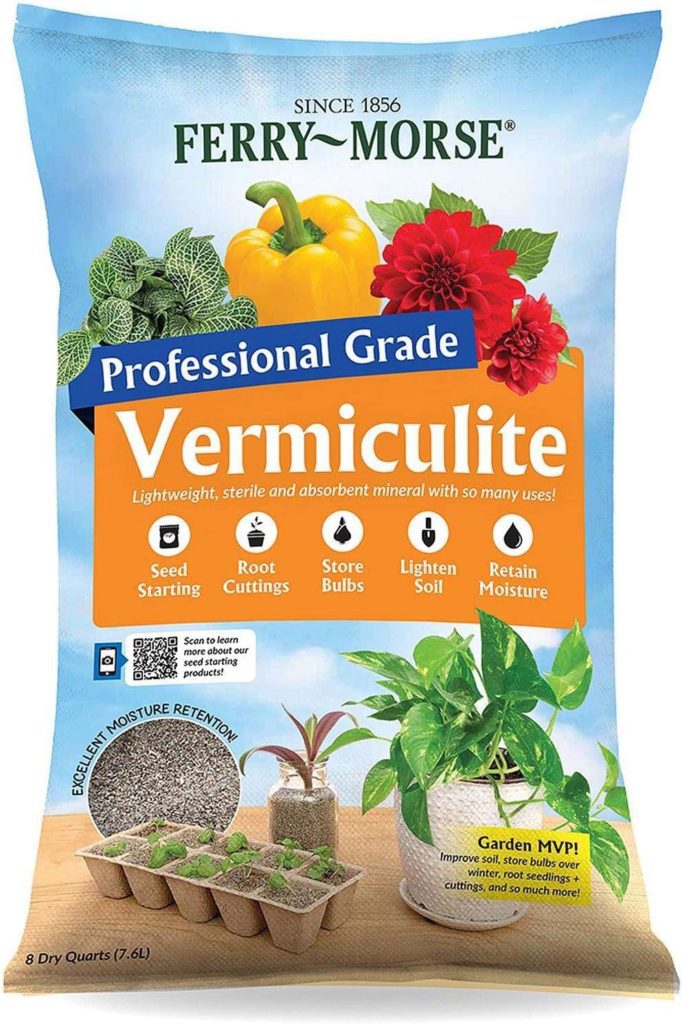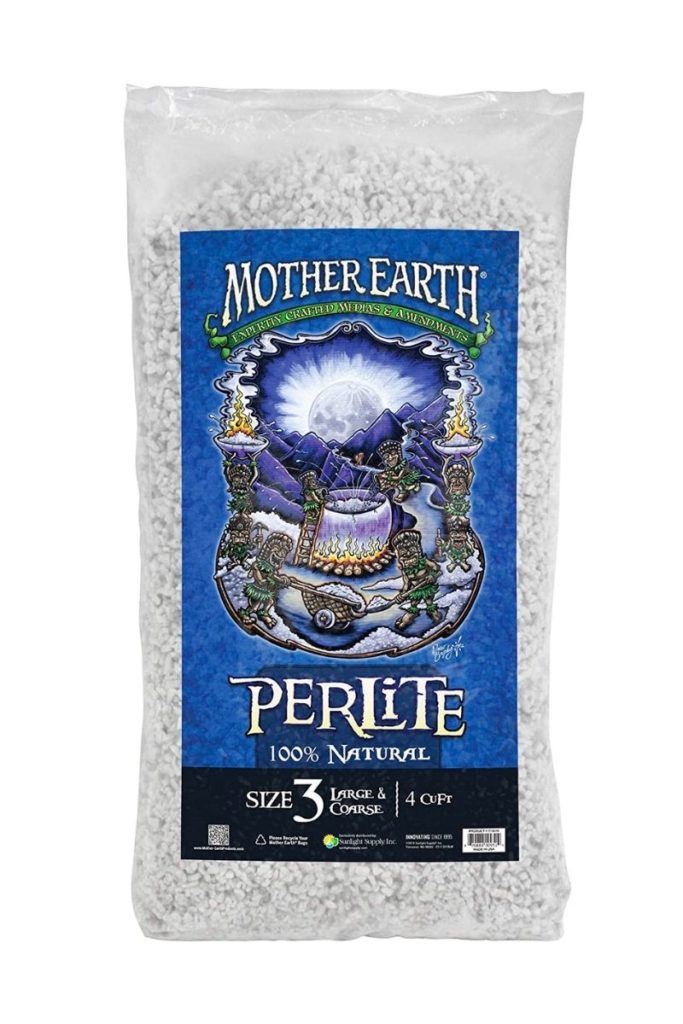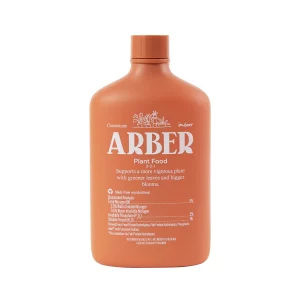Although they are among the easiest houseplants to care for, philodendrons are rather vulnerable to root rot, which can take hold when there is excess water in your plant’s pot, for a variety of reasons.
Philodendrons, whose name translates to “tree-loving,” grow on the trunks of trees in the understory of Central and South American rainforests, where their long vines and waxy leaves store lots of moisture, which is abundantly available as water vapor in the air from the humid environment.
That context gave philodendrons fine roots that don’t store much moisture.
When a philodendron’s soil stays too wet for too long, the roots will start to saturate with water and rot away, damaging the plant. 💔
Luckily, you can treat philodendron root rot if you notice it has taken hold. Here, we’ll go over some of the main signs of root rot in a philodendron so you can catch it as early as possible if it does show up.
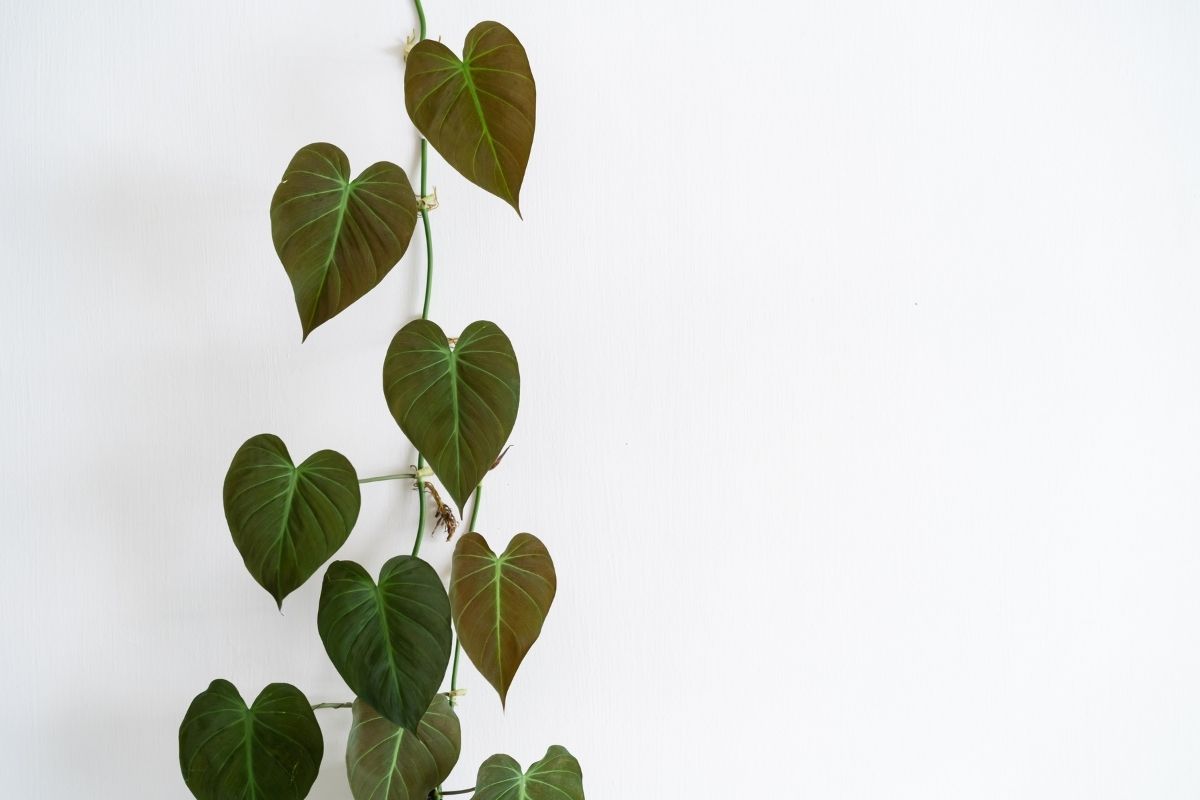
Signs of root rot in philodendron plants
Root rot takes hold of a philodendron’s roots when the soil is too wet: the roots saturate with water and the plant’s tissue is damaged, allowing the decomposers (particularly fungus and bacteria) that proliferate in the moist soil to begin to decay the roots.
The roots may start to smell and look damaged, but this happens below the soil. 🤢
Once a philodendron’s green parts begin to react to the stress, the plant will show one or more of the following signs:
- Wilted or discolored leaves – yellowing, dropping, or browning leaves may be caused by damaged roots that aren’t applying oxygen, nutrients, or moisture to the upper parts of the plant.
- Leaf loss – as the roots are damaged and the leaves deteriorate, they will start to drop. One old leaf dropping now and then is normal, but sudden loss of many leaves means there’s a problem to investigate.
- Dark or mushy roots – If your plant is looking weak and the soil looks wet, inspect the roots to see if your philodendron has root rot by brushing soil aside: if the roots are dark brown, black, or mushy, with a bad odor, they are rotting and the plant will need to be removed from the wet soil and repotted if possible.
- Easily detached roots – rotting roots will be mushy since they’re saturated with moisture, and the root tissue will easily rip apart.
- Fungus gnats – when too-moist soil encourages fungal growth that can damage roots, fungus gnats may be attracted to the growth as a food source. If you notice gnats in a plant’s pot, assess the plant’s roots when you inspect for fungal growth in the soil.
- Consistently wet soil – root rot’s main cause is too much water in the soil. The water saturation, bacteria and fungal growth, and decomposition all damage the roots of a plant, preventing nourishment of the stems and leaves. If you notice the soil looks wet for longer than it normally does, and the plant hasn’t shown signs of root rot, you may be able to preempt damage by adjusting the growing environment as necessary. Root rot doesn’t show in the upper portion of the plant until after damage has taken hold, so wet soil will be the first sign that there’s potential for rot to occur.
What causes root rot in philodendron plants?
While excess water is the main cause of root rot, other growing conditions can contribute to a buildup of moisture that will damage the plant roots of a philodendron if left for too long:
- Overwatering – the roots of a philodendron are used to drying out a bit between waterings, and getting lots of oxygen from porous topsoil. If you water your plant too frequently, the roots will become saturated with moisture and the wet soil conditions will allow fungus and bacteria to grow and decompose, or rot, the roots away, which then damages or kills the houseplant.
- Lack of oxygen – roots can suffocate from a lack of oxygen, and start to rot from malnourishment, both from excess moisture and soil compaction. In compacted soil, there’s no air for the roots, or porous spaces for water to drain.
- Poor drainage – in nature, philodendron roots grow in the upper topsoil, which dries out first as water both evaporates and descends deeper into the ground. A philodendron’s container should have drainage holes for the water to exit the pot and it should be filled with a potting mix that contains coarse material to move the water downwards and prevent soil compaction.
- Inappropriate pot size – the pot size of your plant makes a difference in how quickly, or how slowly, the soil will dry out. A philodendron that’s planted in too large of a pot is at risk of root rot since a large amount of soil will hold more water than a smaller amount in a smaller container would. A philodendron’s pot should dry out to a 2 or 3 reading on a moisture meter, or dry out almost completely between 7 and 10 days.
How to save a philodendron plant after root rot
A philodendron that’s demonstrating signs of stress, including wilting, discolored, and/or lost leaves, should be assessed for its growing conditions.
If you are able to identify root rot in the early stages, the plant can be saved by trimming and cleaning the roots, and repotting the plant in a well-draining pot and soil.
What you’ll need:
- Small pair of pruning shears
- Fresh, well draining potting soil (or mix up your own batch of the best DIY soilless potting mix)
- Pot with good drainage and saucer
- Small potting shovel
Step 1: remove the plant from the soil to inspect the roots
Gently brush the soil away from the roots as you carefully remove the plant from the wet, contaminated soil. Inspect the roots to see how extensive the damage is, and whether or not there is enough healthy root to save the plant (there should be at least a quarter of the total root left for it to have a chance to recover).
Step 2: trim away any signs of root rot, dead leaves, or dead vines
Once root rot takes hold, the leaves will begin to wilt and discolor, and the roots will do the same. Use a pair of small pruning shears to cut away any damaged roots (which are black, mushy, or easily removed), leaves, or vines so that only firm, beige roots and green, healthy plant remains.
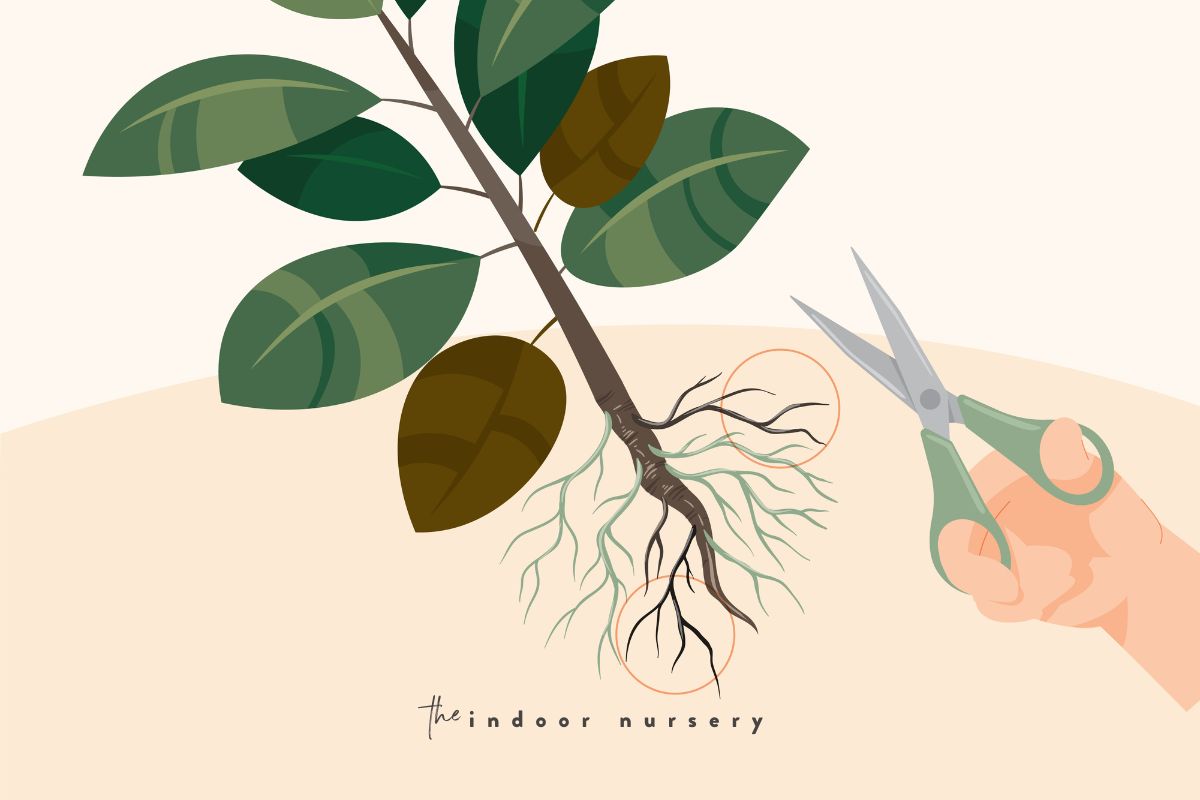
Clean the roots with a gentle soap and water, and consider using an antifungal solution on your philodendron’s roots before repotting it.
You can also start a new plant by taking stem cuttings from any healthy vines and leaves that remain.
Step 3: plant into new well-draining soil
When you replant your trimmed and washed philodendron, use a clean pot (with drainage holes) and fresh soil (with coarse materials like bark, sand, or perlite) to be sure not to re-contaminate the plant.
Dispose of the old soil to be sure it doesn’t contaminate future plants (it isn’t recommended to compost this soil because fungus and bacteria may survive the process and remain in the material, potentially contaminating the compost batch and anything it gets put into).
Step 4: water sparingly until plant comes back to full strength
After treating root rot in your philodendron, the plant will be in recovery mode and will probably be missing a fair amount of its root system and leaves. Water it lightly no more than once a week, and make sure the soil dries out almost completely before watering it again.
The top two inches of the soil should be dry, and a moisture meter should read 2 or 3.
How to prevent root rot in your philodendron plant
Root rot tends to go unnoticed for its early stages, and once a philodendron is showing symptoms in its leaves, some damage has already been done.
To avoid that damage in the first place, make sure the plant’s growing environment is maintained in its most preferable conditions, with well-draining soil and the right amount of water.
Here are some of the main care tips that will help you avoid root rot in your philodendrons:
- Well-draining pots – A philodendron should be potted in a container that has drainage holes on the bottom, and a growing medium that has both moisture-retaining organic material (like compost or worm castings) and coarse material (like bark or perlite) that moves excess water down towards the drainage holes.
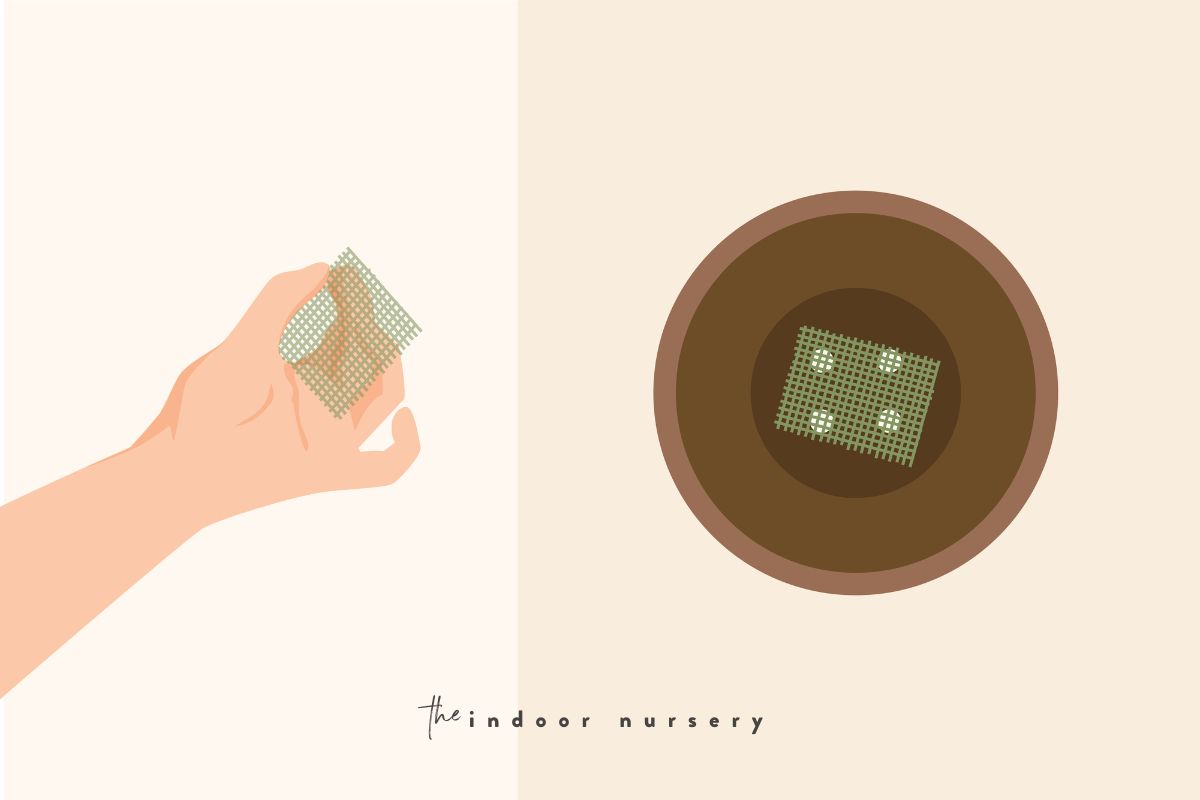
- The appropriately sized pot with drainage holes – The size of your plant’s pot will make a difference in how often the soil needs to be watered. Small pots dry out quickly, and large ones hold more water, longer. Drainage holes help pots of any size dry out more efficiently and in a good amount of time.
- Water philodendron plants sparingly – Philodendrons only get a portion of their moisture from their roots, with water vapor in the air being a major source of water as well. Due to their fragile roots, root rot can take hold quickly, so when in doubt, underwatering is, in fact, better than overwatering, since a plant can more easily recover from dehydration than root rot.
- Create the best growing conditions – Philodendrons are easy plants to care for when they’re comfortable and set up in their preferred growing conditions: medium to bright, indirect light, nutritious and well-draining soil, warm temperatures and high humidity levels, and good ventilation (but no cold drafts).
- Fertilize for healthy roots – A regular source of nutrients is an important factor in good philodendron care. As rainforest plants, they’re used to the nutrient-dense forest floor that remains active year-round, regularly refreshing organic material. A philodendron likes to be fertilized once every month or two during the spring and summer growing season.
The bottom line
The fragile roots of a philodendron make it readily susceptible to root rot when its growing environment is too wet. All aspects of a plant’s growing environment are important for its overall health, and a healthy plant can more easily defend itself against infection.
Waterlogged soil, however, whether from poor drainage or overwatering, can be particularly damaging to a philodendron, so be sure to respect this plant’s need for space and time between waterings.
more about root rot
- How to prevent and treat Monstera root rot
- Snake plant root rot (and how to save it)
- Don’t let Philodendron root rot get you down. Here’s what to do.
- Got spider plant root rot? Here’s how to save your plant.
- How to fix root rot: signs, symptoms, and how to save your plant
- Pothos root rot: what to look for and how to fix it

